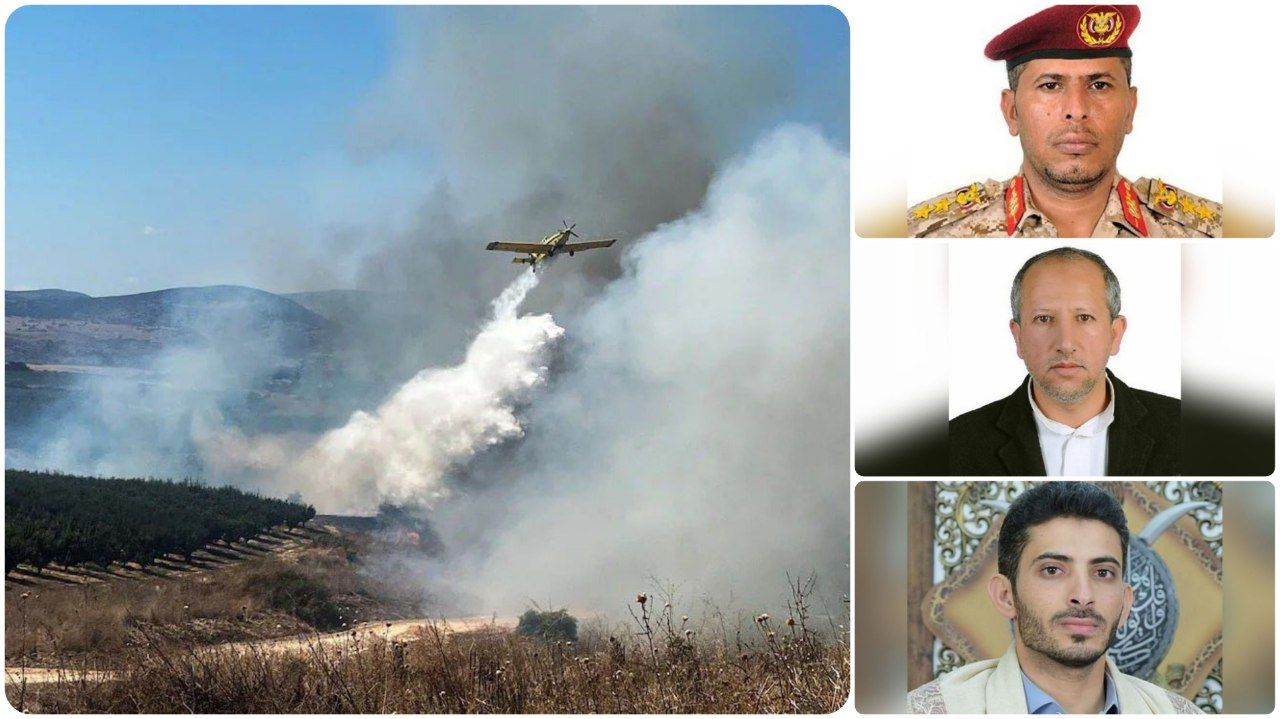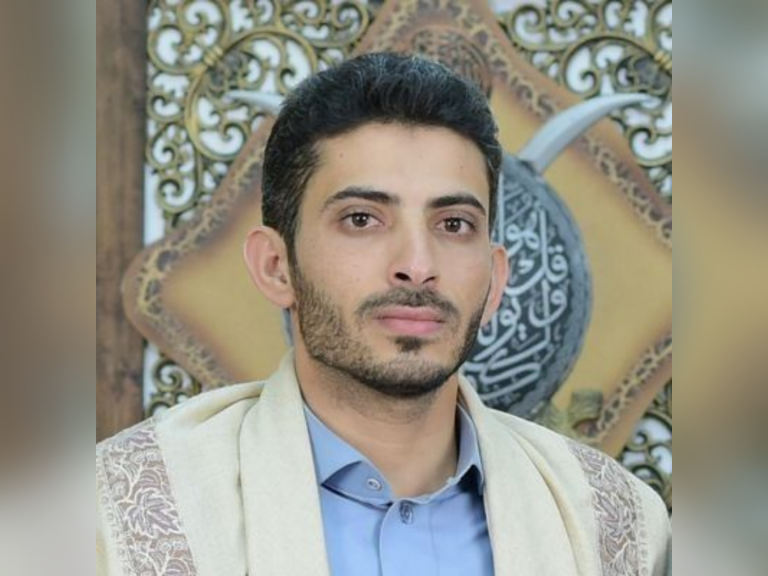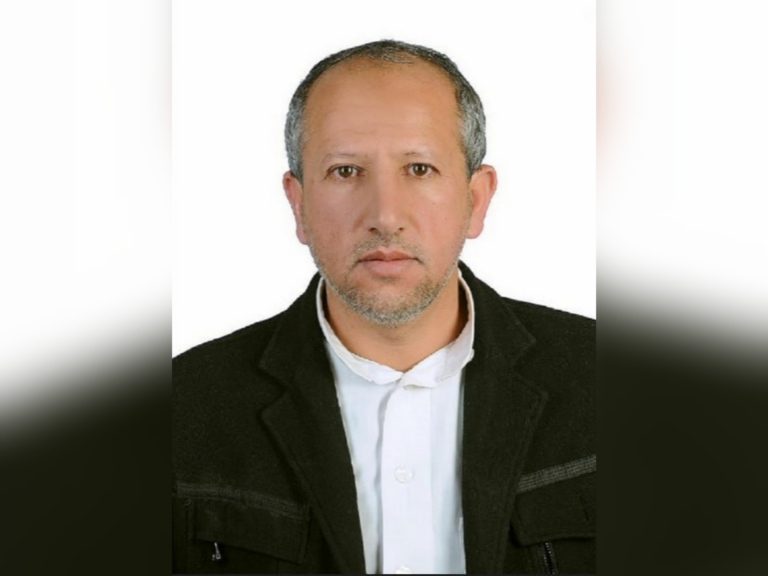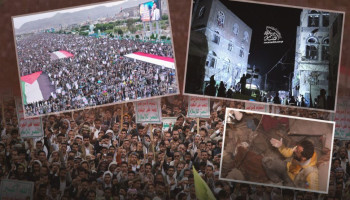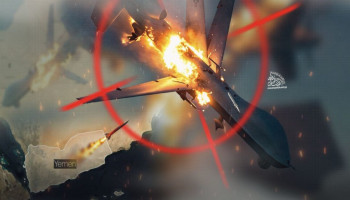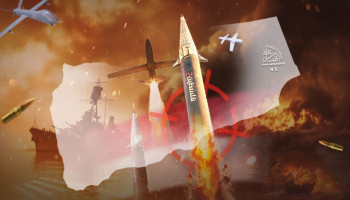The events in the region are accelerating rapidly due to the ongoing brutal Zionist aggression against Gaza and the accompanying repercussions from the response of the resistance axis support fronts. The confrontation has reached its peak between "Israel" and Hezbollah, with the latter launching a massive attack targeting the depth of the Zionist enemy using numerous missiles and drones. This operation is described as the largest since Hezbollah began its support operations for Gaza.
Hezbollah's operation has sparked significant reactions regionally and globally, and it is seen as a "response to the martyrdom of Commander Fouad Shukr."
Many military and political figures have described this operation as a painful and severe response to the Zionist enemy, emphasizing that the response strategy is broader than what has been publicly announced within the context of the resistance axis's operations and their military support for Gaza.

Strategic Insights:
Military expert Brigadier General Mujib Shamsan views Hezbollah's "Arbaeen operations" as the first stage of a comprehensive response. He notes that Hezbollah has escalated its operations since the start of its support activities, reaching a point where it is accumulating a new strategy in terms of response, intelligence, surveillance, geographical reach, and firepower.
In an exclusive statement to "Al-Masirah," he explained that operations like "Hudhud" carry numerous messages that have instilled fear in the enemy, highlighting that "there is no safe place within the occupied territories." He emphasized that as long as Hezbollah's drones can reach the most protected and sensitive locations within the entity, capturing high-precision footage and returning unharmed, then all areas are now exposed.
Shamsan reiterated that "Hezbollah has a broader range of more sensitive and dangerous targets compared to the Zionist entity, and with the capabilities of Hezbollah, whether in terms of precision missiles, drones, or other systems, it is possible to cover this range of targets."
He further elaborated that "this type of response from the Islamic resistance in Lebanon builds up a strategic foundation, undermining the trust between the settlers, the Zionist army, and the authorities of the Zionist entity." He pointed out that "the response has spread over a large area, causing the displacement of more than 270,000 settlers from northern regions."
Shamsan continued by stating that the response has sent messages regarding the gradually increasing firepower, including the use of missiles that have not yet been fully understood by the Zionist entity, particularly Hezbollah's vast arsenal of precision missiles and continuous drone operations.
He confirmed that Hezbollah possesses even greater capabilities than what has been demonstrated so far, with missiles that can cover the entirety of occupied territories, yet these have not been deployed, although the Zionist enemy is well aware of these capabilities.
Shamsan added that Hezbollah has built up these messages through the "Imad 4" operations, revealing the level of fortification within Hezbollah and its ability to absorb any strike from the enemy. He clarified that Hezbollah can neutralize any response from the enemy and create a counter-response, meaning that "if Lebanon is targeted, Hezbollah has the capability to absorb the strike and then deliver a harsher response to the enemy, given its superior weaponry and its ability to absorb and fortify against attacks."
He confirmed that this strike was based on accumulated data regarding the enemy's cognitive defeat on psychological, informational, and intelligence levels, indicating that Hezbollah can cover the entire theater of operations within the occupied territories and cover the full range of targets, regardless of their size. He noted that "Hezbollah has not yet utilized all its weapons, and it possesses much more precision and highly destructive missiles, as well as drones that the enemy cannot even imagine, and which terrify them greatly."

A Strong Warning:
Political analyst Abdulaziz Abu Talib stated, "The circumstances accompanying and preceding the response must be considered; after the assassination operations, fear and panic took over the Zionist entity, which mobilized all its forces and gathered its American allies, who brought their equipment and weapons and sent threatening messages."
In an exclusive statement to "Al-Masirah," he explained that "the Americans tried to circumvent the response by reviving futile negotiations to embarrass Iran, Hezbollah, and Yemen in case of a response," indicating that the resistance axis carefully studied the response in light of recent developments, aiming to deliver a painful blow to the enemy without dragging the region into a wide-scale war, as demonstrated by the nature and type of Hezbollah's response today.
Abu Talib added that Hezbollah "applied a strategy of overwhelming the defense systems by launching a very large number of missiles to engage the defense systems, while simultaneously sending drones towards a specific military target," noting that the missiles targeted military bases, Iron Dome sites, and other significant military targets, as highlighted in the Hudhud 1, 2, and 3 operations.
He further mentioned that Hezbollah issued a strong warning to the Zionist entity, stating that if civilians are targeted, the response will be severe and decisive.
Abu Talib described the Zionist enemy's claims of preemptive strikes against thousands of rocket launch sites as false, affirming that "Hezbollah's operation preceded the Zionist strikes, marking a double failure for the Zionists: First, Hezbollah's operation took them by surprise, indicating an intelligence failure, especially since Hezbollah had announced its intention to respond weeks ago."
The second failure was the Zionist entity's inability to neutralize Hezbollah's capabilities, which continued to bombard the entity continuously, with the Iron Dome system failing against the Lebanese missiles and drones.

The Primary Objective:
Mazn Huba, the head of Ansar Allah's media center, affirmed that "Hezbollah's Arbaeen operations were aimed at solidifying deterrence and reaffirming that the era of the Israeli enemy's arrogance and its violation of Lebanon is over and that the Islamic resistance in Lebanon will not allow it to return."
In an exclusive statement to "Al-Masirah," he explained that "the significance of the response and the primary objective of the operation was not an ordinary target, but rather the 'Glilot' base, where Unit 8200 of the Israeli intelligence is located, which plays a significant role in assassination operations." He continued, "Additionally, the base's unique geographical location, only 1,500 meters from the occupied city of Yaffa, called as Tel Aviv, places it on the outskirts of the Israeli enemy's capital, which previously would have led to a full-scale war if targeted, regardless of the target or the extent of the damage."
He added, "What if the target is an intelligence headquarters that is supposed to be the most fortified with Iron Domes? This means Hezbollah has established a new equation (Beirut's suburbs for Tel Aviv's suburbs). Similarly, if Beirut is bombed, Tel Aviv will be bombed in return, and the Israeli enemy's Iron Domes, American and Western planes, and forces will not protect it."

